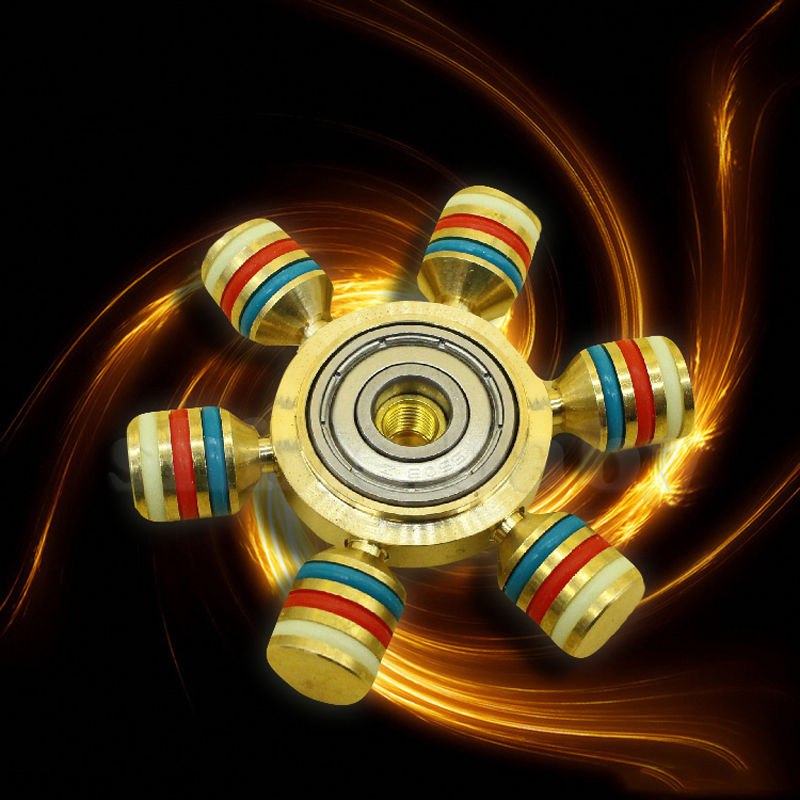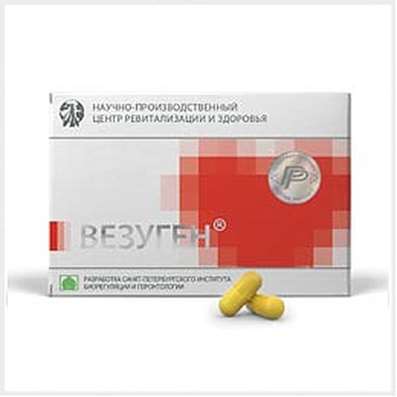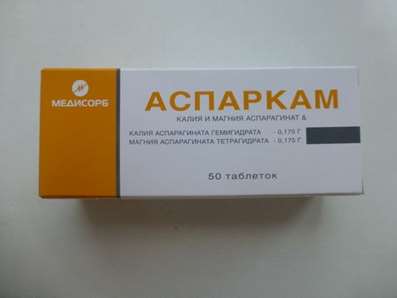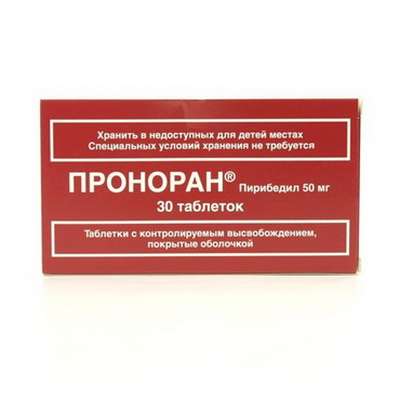Spinners and autism with ADHD. Working?
01 Aug 2017
In recent months, a new epidemic has taken over the youth culture: spinners. A banal toy with a bearing in the center and two or three petals quickly became an attribute of a hipster. And at the same time, there was a "legend", they say, in fact, the spinners were designed for the therapy of autism and attention deficit hyperactivity disorder, which raised sales.

But is it? And whether the rotation in the hands of bearing with petals helps with such serious disorders. Let's figure it out.
Usually the Spinners' invention was far from hipsters in 1993 and was attributed to the chemist Catherine Hettinger, who allegedly saw stones throwing Arab teenagers in the local police, and decided to create some kind of "soothing device". Already here is not all true.
Yes, Catherine Hettinger does exist. And she really invented a toy. But not for an Arab babe, but for his own unfortunate daughter, who suffered from an autoimmune disease, asthenic bulbar paralysis (he is a myasthenia gravis, he is also Erba-Goldflem disease). The woman could not play with her daughter, and so she thought up for her such a twirl with a hole in the middle, from the newspaper and scotch tape. On May 28, 1993, Hettinger actually applied for a patent for a "spinning toy", a device of round shape made of soft plastic, with an extension in the center for holding with fingers and with a rim. But if you look at the picture from the patent, which, by the way, has already expired for more than ten years? Very unlike the spinner. In general, Hettinger does not pretend, constantly stating that the invention of modern spinners (Fidget spinners) is attributed to her.
So, initially the toy was invented not for the autist, but for the myasthenic girl. And although both that and the disease are in the broad subject of our portal, but still the first is psychiatry, and the second is neurology.
Another candidate for the invention may be Scott McCoskeri, who made a career in the IT industry. He came up with a spinning toy to cope with the excitement before the performances. It's reasonable, but it's logical to turn something in your hands to calm it down - this is a normal technique, and McCoskeri can hardly be considered an autistic, he does not even have the most littering Asperger.
So, for autists and children with ADHD spinners did not invent. But this does not stop them from helping?
In fact, so far there is no research on how the spinners work. In the PubMed database, the search for "Fidget spinner" produces exactly zero hits. Therefore, we will have to turn to the lowest level of evidence in medicine: the expert's opinion.
And what do experts tell us? Here is the opinion of Dr. Mark Stein, the head of the department of ADHD and related disorders in the children's hospital in Seattle and at the same time a professor at the University of Washington. "I'm afraid spinners are very distracting. Not only children, but also their parents from those methods of fighting ADHD, which really work. "
So, with mental disorders of children, the spinner is not only not useful, but it can also cause indirect harm when parents grab at a fashionable toy and forget about medicine.

 Cart
Cart





